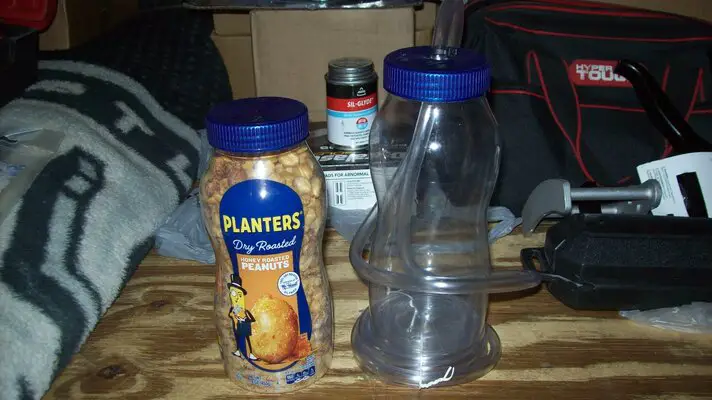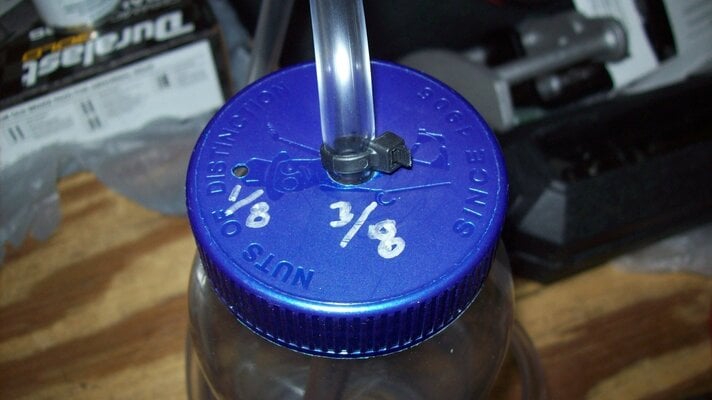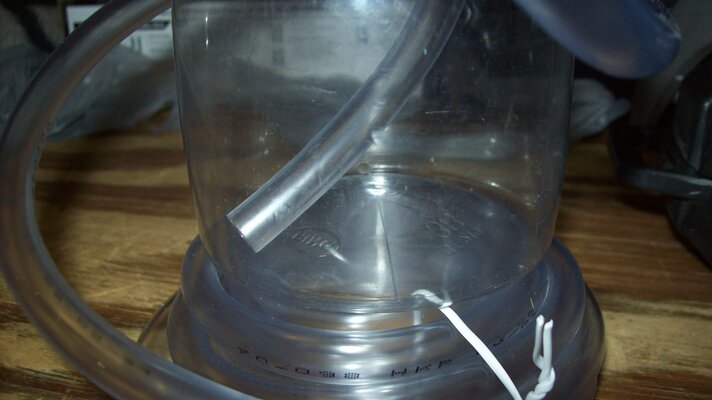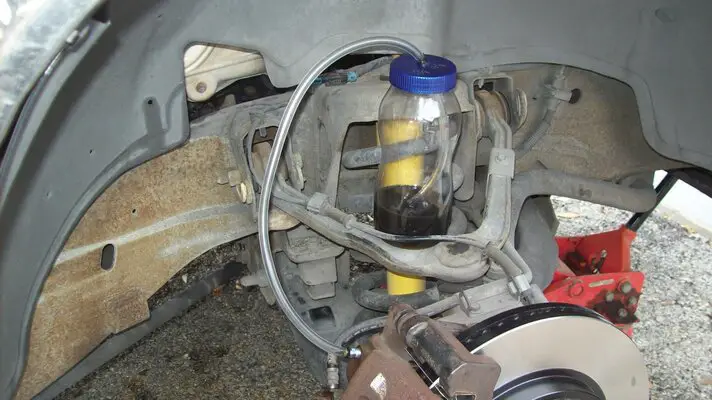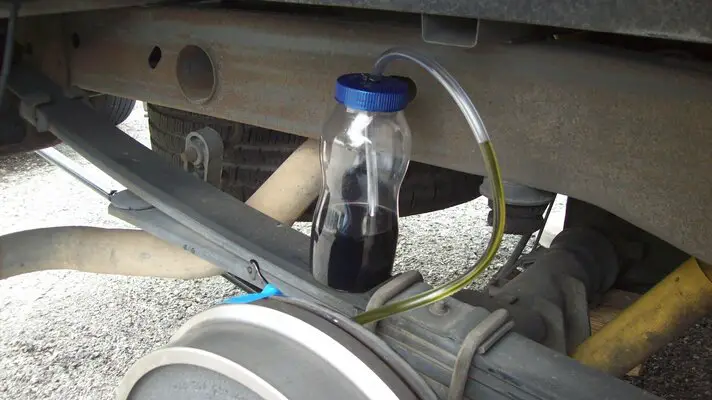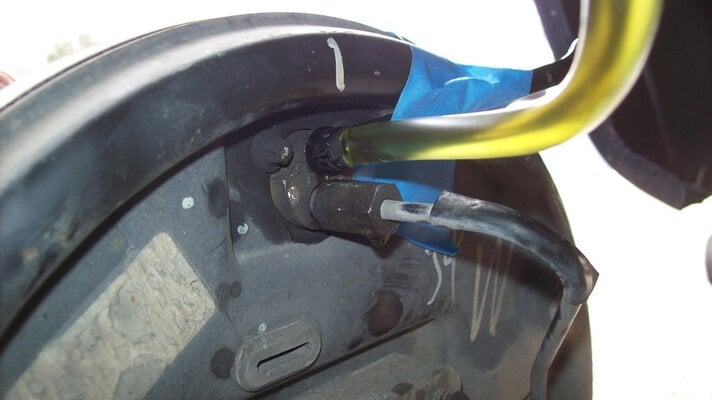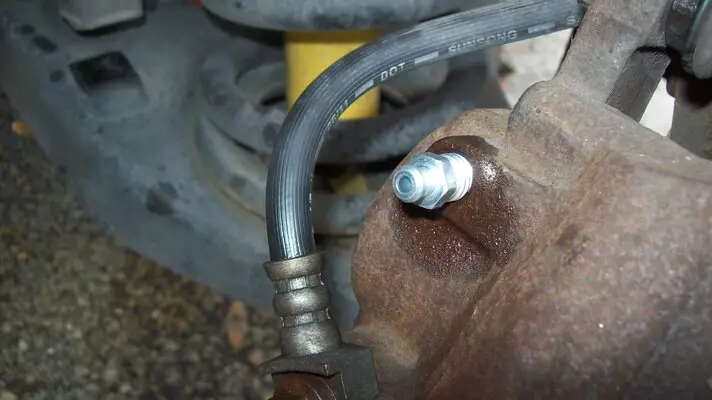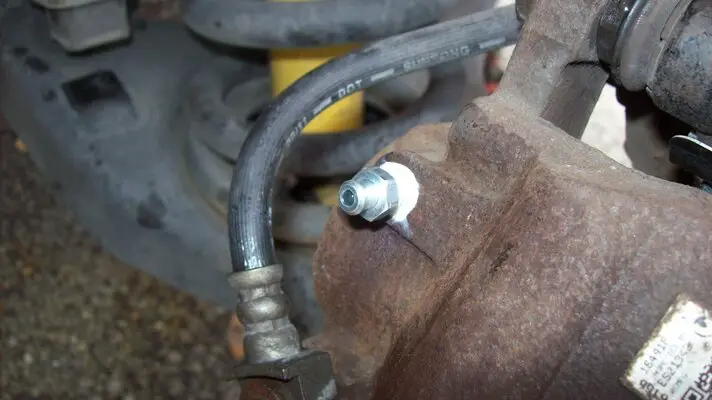Its that time again.... not for the mailbu, but for my daily driver(2005 GMC SCSB).
Replacing the brakes on the front(disc) and rear(drum)... consider this a "one man" brake bleeder, crew of one.
This idea has been around for ages, it'll be a great help when working alone, it'll cost very little, plus your time buiding one yourself... versus the ones you can buy pre made.
All i had to buy was the 3/8" OD x 1/4" ID clear pvc vinyl tubing from the local home depot... the brake fluid container to catch the old/new fluid, cordless drill with a 3/8" for the OD tube and 1/8" for the vent drill bits, of which i already had on hand, i took the extra step with the zip ties to lock the tube into the cap, top and bottom side.
How To:
Bleed Proceedure:
Replacing the brakes on the front(disc) and rear(drum)... consider this a "one man" brake bleeder, crew of one.
This idea has been around for ages, it'll be a great help when working alone, it'll cost very little, plus your time buiding one yourself... versus the ones you can buy pre made.
All i had to buy was the 3/8" OD x 1/4" ID clear pvc vinyl tubing from the local home depot... the brake fluid container to catch the old/new fluid, cordless drill with a 3/8" for the OD tube and 1/8" for the vent drill bits, of which i already had on hand, i took the extra step with the zip ties to lock the tube into the cap, top and bottom side.
How To:
Bleed Proceedure:


